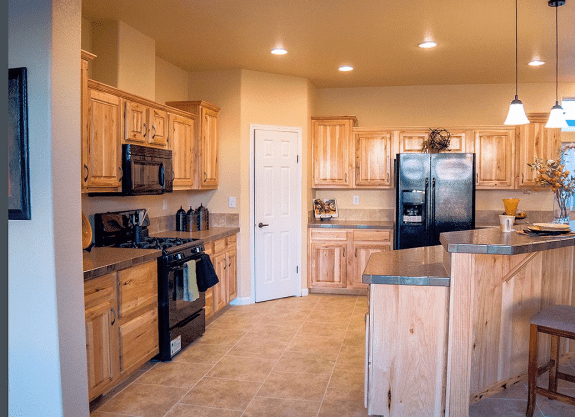
McDonald’s article says as part of his reply to Frank, “The idea of living in a real mobile home or trailer has never enjoyed wide acceptance among the majority, who prefer to live in what might be called immobile homes.”
McDonald elaborated, “Makers of “trailers” never liked the name, so they began insisting that their creations be called “mobile homes.” No matter what they were called, everyone knew they were still trailers. Then in 1980 Congress officially changed the name to “manufactured home.” But, like I said, they’ll always be trailers to the rest of us.”
What the question and reply in Tri-Town Weekly demonstrates are some common attitudes found in the media and the public at large, well known to many in MH.
First, John McDonald is clearly a good writer and knows how to turn a phrase and be funny. But he’s not accurate in much of what he asserts as true. For example, MH industry veterans know that there have been no ‘mobile homes’ built in the U.S. since June 15, 1976. The 1980 date McDonald gives in his article is flat wrong.
‘Trailers’ are pulled behind cars or pickup trucks. In residential terms today a travel trailer is a common kind of RV. They are smaller and far lighter than an MH. By contrast, it takes special equipment to move even most pre-HUD Code mobile homes. Since houses built on site use trailers to haul their parts to location, does that make on site building a ‘trailer house’ too? Both MH and site built are ‘immoble’ once installed.
Modern manufactured homes can weigh 25,000 or more pounds per section. They use the same lumber, shingles, vinyl siding, appliances, etc. that conventional housing does. Because they travel down the road to their location, as Modular Lifesyles Vice President Steve Lefler has said, they are tougher. It is like going through an EF 1 tornado and an earthquake at the same time.
Properly installed, as the video linked below proves, modern MHs are stronger than conventional housing, not weaker.
Marty Lavin, community owner and industry expert, has told the industry not to be confused. The MH industry already has an image campaign underway; and it is the media’s campaign. This article is a reminder that media accounts are often not favorable.
Clearly McDonald and Frank are misinformed on almost every level. As they try to educate each other, neither one of them has the updated information about the Manufactured Housing Industry. Neither knows that some 22 million Americans live in communities and homes throughout the nation.
But McDonald and Frank are not alone.
Until the industry learns to pull together in a campaign like what Murex Properties’ Steve Adler advocates in a new interview – or what Chairman Randy Rowe of Green Courte Partners has called for in his 5 point plan – expect that every professional or organization should stand up and correct the media when they err.
The photo from Manufactured Home Living News at top comes from the #1 resource of its kind that has videos, news stories and photo galleries that dispel myths. These stories and videos are on subjects ranging from MH in hurricanes and tornadoes – or that manufactured homes are ‘only for the poor‘ – when in fact millionaires own them too.
Stereotypes and outdated perceptions keep manufactured homes from being accepted as mainstream housing. When will more people grasp what Mary McBrady of the Massachusetts Manufactured Housing Association has advocated, that industry professionals pull together to support the platforms that advance the true narrative of the industry? ##
Photo Credit: (MHLivingNews)

